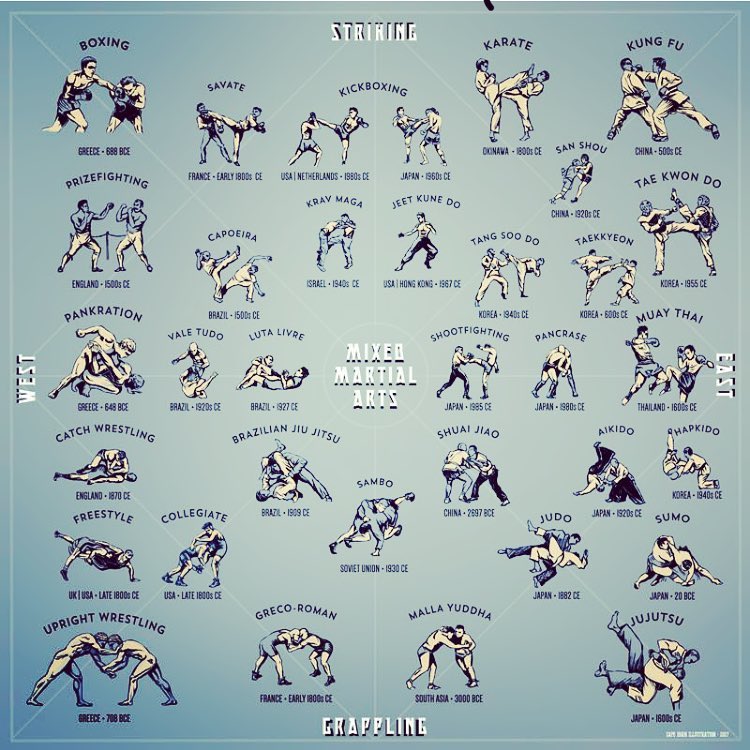Typical Martial Arts Vs. Modern Fight Sports: Understanding The Key Differences
Typical Martial Arts Vs. Modern Fight Sports: Understanding The Key Differences
Blog Article
Post Writer-Sherman Fink
When you think about martial arts, do you lean extra towards the conventional practices or the contemporary fight sports? Each course uses special advantages and experiences, formed by their ideologies and training approaches. Typical martial arts stress personal growth and discipline, while modern combat sporting activities concentrate on competition and efficiency. Understanding https://snapped-harlem-woman-stab99492.sharebyblog.com/34869740/empowering-young-warriors-the-influence-of-martial-arts-on-intimidation-and-personal-safety can assist you in picking the right approach for your trip. But just how do these distinctions manifest in training and viewpoint?
The Approach and History Behind Conventional Martial arts
While many people associate martial arts with physical combat, the philosophy and background behind conventional martial arts run much deeper. You'll discover that these techniques stress personal growth, discipline, and respect.
Stemming from ancient practices, typical martial arts were usually established for Self-Defense and spiritual development. They symbolize concepts such as equilibrium, harmony, and self-discipline, directing experts beyond simple battling abilities.
As https://damienvjudl.blogchaat.com/35131379/the-function-of-young-people-martial-arts-in-bully-avoidance-and-self-defense train, you'll not just find out techniques however additionally obtain insights into the society and worths that formed these arts. The rituals and practices, typically passed down via generations, cultivate a sense of neighborhood and belonging.
The Affordable Nature of Modern Battle Sports
Modern combat sports have changed the landscape of martial arts right into a highly affordable sector, where professional athletes challenge in a test of ability, method, and endurance.
You'll see that competitors are frequently organized with rigorous regulations and laws, guaranteeing fair game and safety. These events draw in big audiences, fueling the enjoyment and strength of matches.
Athletes train carefully, not just for physical expertise but also for psychological durability, knowing that every information counts in the ring. The adrenaline rush during competitors is apparent, as boxers push their limitations to claim victory.
Fans value the athleticism and virtuosity entailed, making modern-day combat sports a thrilling phenomenon that continues to develop and captivate enthusiasts worldwide.
Training Methods and Methods: A Relative Analysis
The competitive ambience of modern-day combat sporting activities demands ingenious training approaches that differ considerably from conventional martial arts.
In modern training, you'll concentrate on particular techniques, competing, and conditioning, typically utilizing drills that imitate real fight circumstances. You'll see an emphasis on measurable performance and frequent competition to analyze your abilities.
In contrast, standard martial arts focus on forms, katas, and philosophical mentors, often highlighting discipline and respect over competition.
Training is usually less intense and might involve recurring technique rather than real-time sparring.
While both methods construct skill and fitness, modern-day combat sports give an extra dynamic and adaptable training environment, preparing you for immediate difficulties in the ring or cage.
Select the path that aligns with your goals and rate of interests.
Verdict
In picking between conventional martial arts and contemporary battle sporting activities, it really boils down to what you value many. If you're seeking personal growth, discipline, and a sense of community, standard arts might be your finest fit. But if elite martial arts prosper on competition and real-time difficulties, modern-day battle sports could be the means to go. Eventually, both courses use special advantages, so it's everything about straightening your training with your personal objectives and interests.
